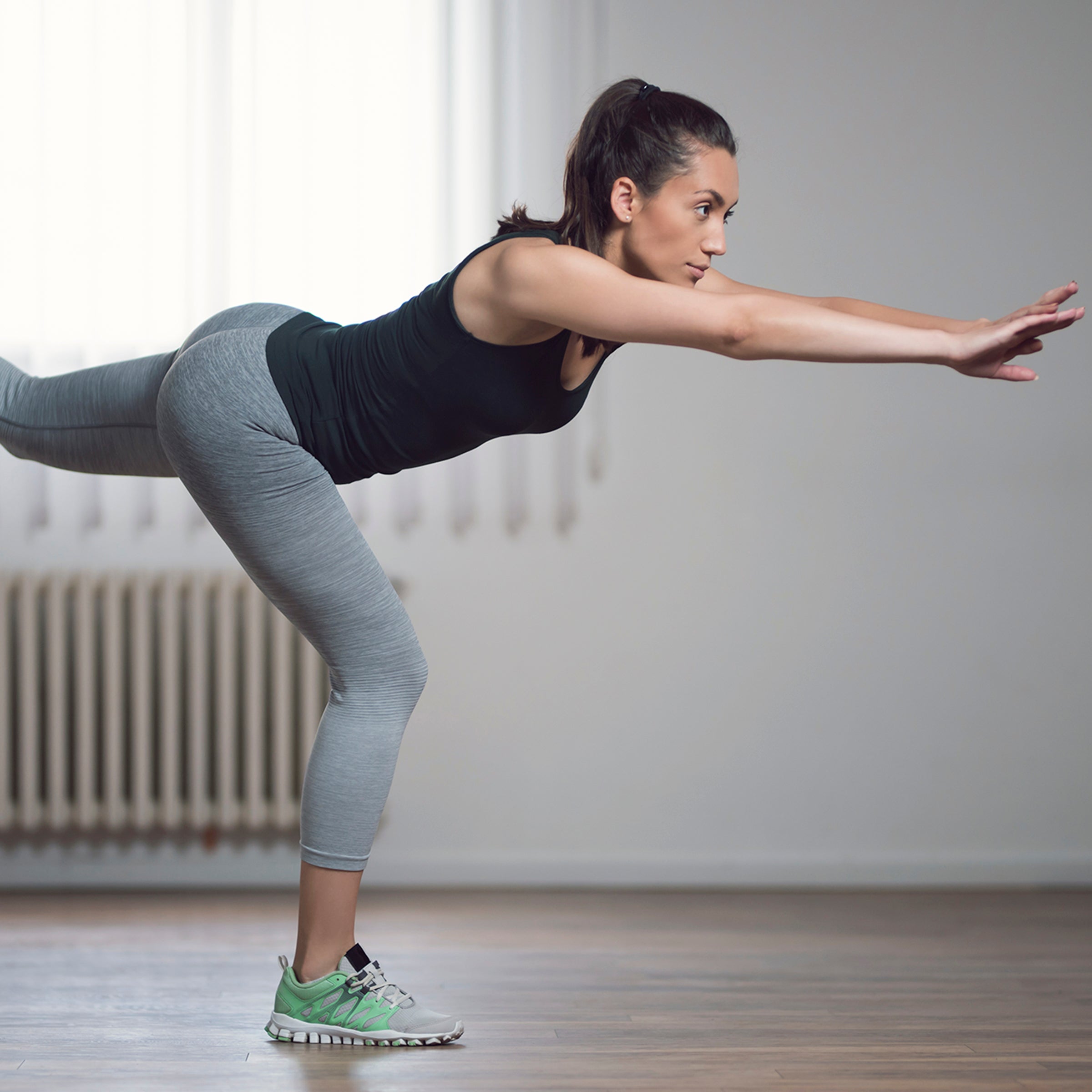Years ago, on a vacation in Scotland, I ran a hill climb as part of a small-town games day in the Highlands. Competitors charged 2,100 feet up to the top of a looming peak, then came flying back down, all in about three and a half miles, much of it off-trail.
I did fine on the ascent, but I was terrible on the descent. Parts of the return��cut through shin-high bracken, where I simply couldn’t see what I was stepping on. I had no idea how the others could run so confidently through that stuff without courting a nasty wipeout. At the finish, the local runners were charitable. “You have the wrong shoes,” they told me.
Today I know that these experienced hill racers didn’t just have better off-trail shoes. They also had superbly trained proprioception.
Proprioception is sometimes called the sixth sense: the body’s awareness of its location and movement in space. Proprioception is what enables you to touch your finger to your nose with your eyes closed, or walk without watching your feet, or catch a ball without looking at your hand. “It seems magic,” says Mike Young, a coach and kinesiologist at Athletic Lab in North Carolina, “but there are sensors in the body that can detect changes in the length, speed of movement, and stretch in muscles, tendons, and joints. Even the skin is thought to have some sense of this.”
In the case of the Scottish hill runners, good proprioception was what enabled them to sense how their feet were interacting with an unseen surface and adjust quickly to tilted terrain or roots and rocks. But it’s not merely important for people trying to run downhill through dense overgrowth. It’s important to everyone from marathoners to track speedsters.
The Benefits of a Well-Tuned Response
“Every time your��foot hits the ground, it has to be able to receive feedback,” says Ryan Green, a kinesiologist and athletic trainer at Southeastern Louisiana University. Proprioceptors in our feet send information about their position and the forces they encounter to the brain, which processes them and tells the muscles in our feet how to react—automatically, within a matter of milliseconds.
When properly honed, this process translates not only to a reduced risk of tripping but also increased power and speed. Good proprioception enables rapid control over the pliability of our feet, allowing them and connected��tendons in our legs to absorb impact energy and rebound perfectly for the next stride. Well-tuned proprioception makes us efficient, and in running, efficiency means greater speed and endurance.
“Think of a tennis racket,” Green says. “If the strings are loose, you’ll have to work incredibly hard to make the ball go. But if you have a new racket��that’s been well strung, you don’t have to swing quite as hard.”
Good proprioception also helps reduce the risk of injuries, not just by making you more responsive to an incipient misstep, but because the better we can control our motions, the less likely we are to make errors that eventually add up to an overuse injury. Quick reactions enable you to use small muscles in your feet and ankles to correct balance before you get too far out of line and have to engage big, propulsive muscles for stability, a task they are ill-suited for and which quickly overtaxes them.
Amy Begley, elite coach of the Atlanta Track Club, says, “The stronger and more efficient the feet are, the less energy is wasted trying to stabilize each step.”
Why You Need to Practice Proprioception
To some extent, good proprioception is something we are born with, like good eyesight or good hearing. But in most runners, proprioception is probably not as well honed as it could be. There’s a reason those Scottish hill runners beat me so easily: they’d been practicing on rough, unseen surfaces and improving��their skill at sensing and reacting.
Also, the proprioception most runners have today is probably not as good as what they had in their youth, says Matt Walsh, a physical therapist and strength and conditioning coach in Oregon.
That’s because proprioceptors—the sensors that make it work—are largely associated with joints and connective tissues. “Any time there is injury to a joint or damage to a ligament [or tendon], you have altered proprioception and compensatory changes,” Walsh says.
According to Walsh, an ankle sprain is a classic example. From the moment of the initial twist, you alter your movement to avoid pain. Eventually, the pain recedes, but the alteration has become a habit without you realizing that you’ve changed your movement patterns. “You don’t know where your foot is in space,” he says. Your stride is inefficient and possibly liable to producing new injuries down the pike.
Luckily, this isn’t irreversible. I learned this a few years ago when I had a hip replacement. In my first physical-therapy visit, I was asked to lay on my stomach and lift my foot toward my butt. It was a massive fail. My foot flopped all over the place, like a fish out of water. Unable to see it, I had close to zero control over its motion.
The reason, the therapist told me, was because a lot of proprioceptors related to that movement had been contained in the hip joint, which was��now replaced by unfeeling titanium and ceramic. The good news was that the second try was better. “You have other proprioceptors that can make up for it,” he said. Today when I try this exercise, I can’t tell the difference between the hip-replacement leg and the other. Both work equally well.
How to Train Your Control
Whether you’re recovering from an injury or simply honing your athletic skill, proprioception can be improved with training. For runners who want to improve foot and leg control, Young, Walsh, Begley, and Green all recommend the same basic types of exercises: ones that challenge your balance on an unstable surface or that force you to react, off-balance, while on a more stable platform.
You don’t have to perform endless drills to see substantial benefits, Young says. A consistent five to ten minutes of work��two or three times a week is enough to make a difference, and it’s a lot better than a 30-minute workout plan that only happens��in the imagination.
The simplest exercise is to close your eyes and stand on one foot. The proprioceptors in your feet will collaborate with your inner ear to help your brain know if you are swaying and determine what to do to keep yourself balanced. You’ll only be able to hold it for a few seconds at first but should be able to work up to 10 to 15 seconds at a time. Aim for a total of around a minute per leg during each session.
Young says you can try drills that involve skipping, or hurdle-mobility work, or any exercises that require one-legged balance. One option is called : first stand on one leg, with the other knee raised high and your arms positioned like a sprinter in mid-stance, then bend over and extend the free foot behind you as you touch your hand to the ground. You can also do single-leg squats or single-leg Romanian deadlifts if you’re able to execute them stably, keeping your posture tall and your knees aligned over your feet, not drifting in or out.
Other options include skipping sideways up a hill or practicing a skating motion on the flats, jumping side to side as you move forward. When those become easy, Walsh says, make them more difficult by raising your arms over your head, possibly holding a small weight.
A more advanced option, Young suggests, is to stand on a wobble board. When you’ve mastered that, have someone throw you a medicine ball—first with advance warning, then more unpredictably. If a medicine ball is too heavy, try something simpler. Walsh uses small sandbags like��juggling balls or Hacky Sacks.
The bottom line is be creative in introducing balance challenges, and practice them regularly. “You spend a lot of time in a single-leg stance during running,” Begley says. “So this type of training is a must.”


